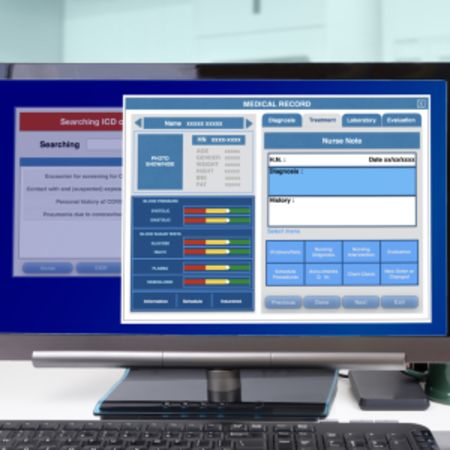The analysis of clinician feedback is critical for pinpointing three fundamental pillars essential to Electronic Health Record (EHR) satisfaction: (1) a high level of user expertise, (2) an organisation-wide sense of shared ownership, and (3) EHR technology that aligns with users' specific requirements, often referred to as personalisation. This report primarily concentrates on the third pillar.
While it remains crucial for physicians to have the adaptability to provide patient care and document information in a manner that suits their workflow, excessive freedom to modify the EHR system can hinder efficiency and compromise patient safety. This report outlines the advantages of personalisation and provides best practices for effectively harnessing its benefits.
The use of personalised tools stands out as the approach most strongly associated with high Electronic Health Record (EHR) satisfaction, as assessed by the Arch Collaborative's Net EHR Experience score (NEES). Whether used exclusively or in conjunction with other methods, they have an average NEES that is 15.5 points higher than those who do not used personalised tools. While alternative documentation methods like dictation/transcription and speech recognition may reduce burnout (as indicated in the chart on the following page), they tend to distance the user from the EHR and, consequently, are less likely to enhance EHR satisfaction.
With the exception of physicians who use both dictation/transcription and direct entry methods, physicians who use multiple documentation methods are more likely to report lower levels of burnout. Physicians who use dictation/transcription, scribes, or speech recognition methods tend to experience reduced burnout levels but do not necessarily report higher levels of EHR satisfaction. This may be because the methods distance users from the EHR rather than encouraging them to master it.
Organisations that aspire to improve EHR satisfaction by implementing personalised tools or any documentation method should consider their documentation training programmes. Regardless of the documentation method used, there exists a substantial gap of at least 30 points in NEES between physicians who describe their documentation training as satisfactory and those who do not. The primary factor contributing to this disparity is the fact that a significant portion of a physician's interaction with the EHR is spent documenting. The better trained physicians are to document quickly and effectively, and the greater their overall success and satisfaction with the EHR will be.
Physicians who agree or strongly agree with the notion that their documentation training was beneficial tend to have a lower likelihood of experiencing burnout. Training plays a pivotal role in shaping a physician's experience in multiple aspects, and the EHR system can only perform as effectively as the user's knowledge of how to use it.
Source: KLAS Research
Image Credit: iStock
























